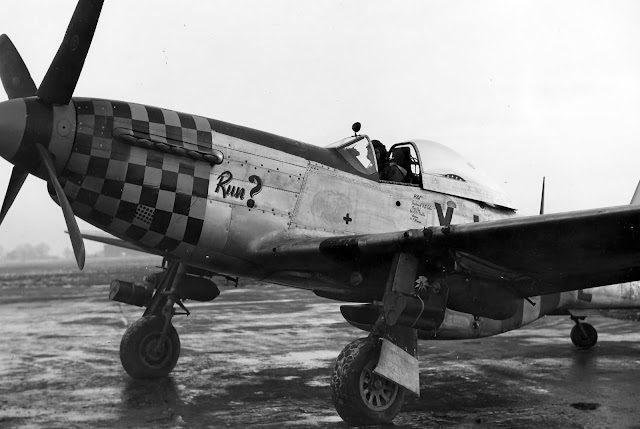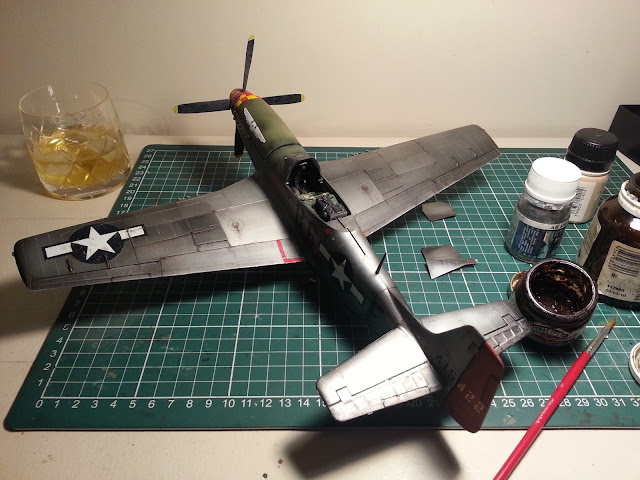I've released a new video, and it is a whopper at over 30 minutes in length. It shows how to replicate realistic ocean waves, from initial sculpting, to painting, to final detailing of the spray and whitecaps - perfect for ocean bases for waterline model ships! It's a simple enough technique, but there is a fair chunk of artistry involved in making it look convincing.
The technique
Like I said, the actual method is pretty straightforward.- Take a material you want to sculpt your waves into: plaster, dense foam, whatever.
- Using a Dremel tool, grind eye-shaped waves into the surface.
- Paint multiple coats of artist's gesso over the top to fill in imperfections and seal the surface ready for painting.
- Paint it overall "denim blue" - a mix of 70% Pthalo Blue, 15% white and 15% black paint.
- Paint highlights and shadows.
- Airbrush in sea green areas to modulate the colour overall.
- Varnish the surface with 2 coats of high-gloss varnish, and let it dry.
- Whitecaps/foam: Gently prise apart a cotton ball, stick this to a small section of fresh varnish. Tmp it down with more varnish on a stiff paintbrush.
See? Easy peasy. Nothing complex, all materials are pretty cheap and easily available, the most exotic is artist's gesso and that is available from any art supply store.
 |
| The finished ocean diorama base. |
The art
Aha, but the magic is in making it look realistic. That is the part of the process that is both tricky and incredibly fun at the same time. I won't lie: there is some skill and a little luck involved there. All I can suggest is have reference photos on hand, so that you replicate nature as closely as possible. Engage your creative side!The trickiest bits are getting the colour modulation looking right, so that your sea isn't just one overall shade of blue, and moulding your foamy whitecaps with cotton wool. You'll soon get a technique that feels right, I promise.
Try it. So much of modelling is slavishly researching and replicating machines designed by humans. Dioramas with a natural setting flip this, you have to capture the randomness of nature in grass, trees, rocks, etc. Dioramas with water are a step further - embrace the chaos, it's fun.
 |
| Pictured: fun chaos. |
Video is embedded below, but in case that doesn't work for you, here is the link:
How to model Sea and Ocean Waves on a scale model diorama base.
Cheers,
Dave












































